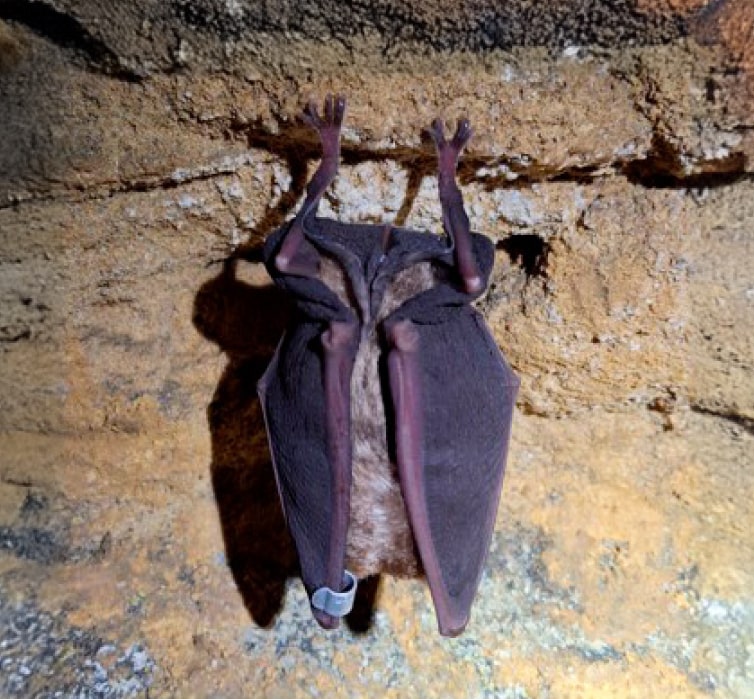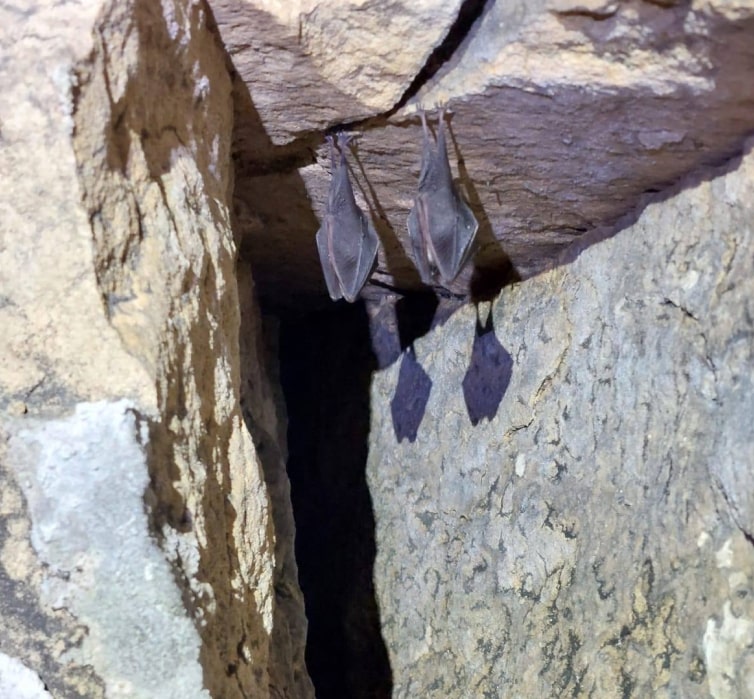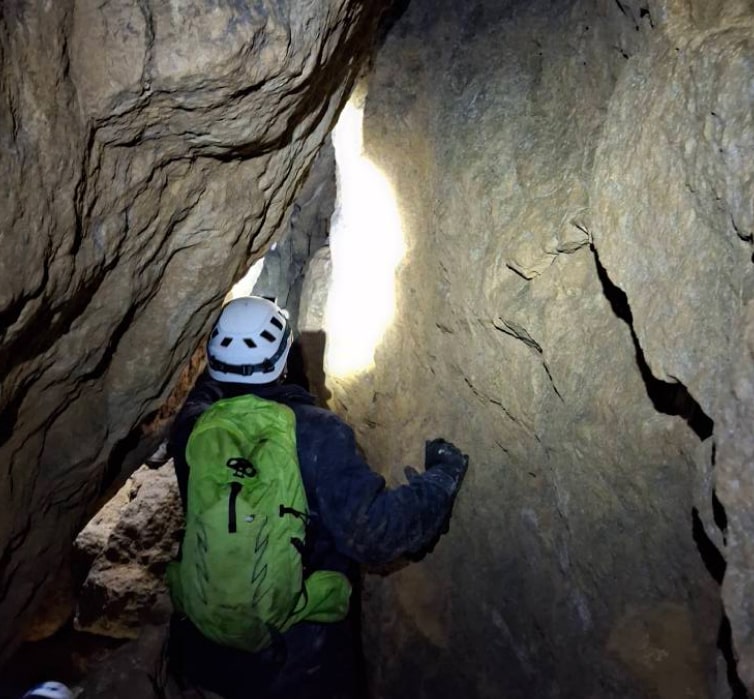Into the Bat Cave
By Kristina Wood, Terrestrial Ecologist
Bat survey work largely pauses over the winter months, as bats enter hibernation to conserve energy during colder temperatures. However, our ecologist Kristina has remained actively engaged in bat conservation by undertaking voluntary hibernation surveys with local Bat Groups. These surveys are essential for monitoring hibernating bat populations and contributing valuable data to long-term conservation efforts.
During a tunnel survey with the Hampshire Bat Group on February 9th, a total of 148 Natterer’s bats, 23 Daubenton’s bats, one Pipistrelle bat, and one Whiskered bat were recorded. Additionally, data from the static detector revealed Western Barbastelle activity and even provided evidence of bats feeding within the hibernation roost in January, offering valuable insights into winter foraging behaviour
The following weekend, Kristina donned a hard hat and headlamp to participate in an underground caving expedition with the Wiltshire Bat Group. Under a highly regulated licence from Natural England, a select team conducted bat ringing and data collection on Greater Horseshoe bats. Such ringing projects are essential for long-term ecological research, with one recorded ring number indicating that the observed bat was over 23 years old.
As we move back into spring, NatureBureau is beginning to schedule bat emergence surveys for the upcoming season, which runs annually from May to September. For those unsure whether a bat emergence survey is required, a Preliminary Roost Assessment (PRA) can be booked to determine any obligations under planning regulations. We are now accepting PRA bookings for March 2025.

Photo: Greater Horseshoe bat - NatureBureau


